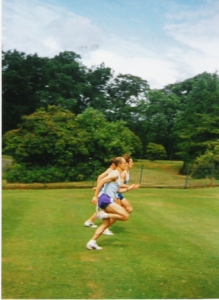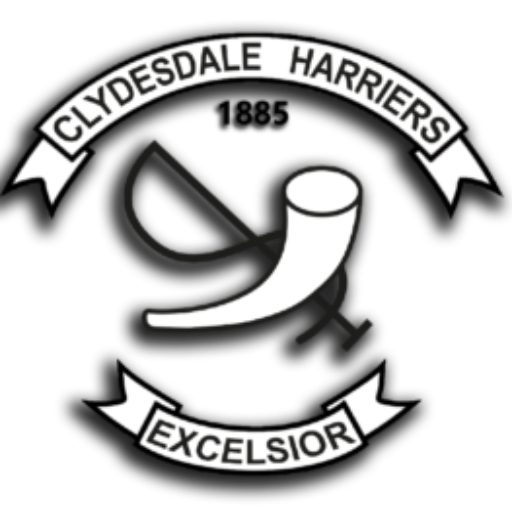
Dalmuir Park
Hill training sessions are a useful weapon in any senior runner’s training armoury. Many if not most of the leading coaches include them somewhere in the schedule for the training year which runs from the start of October to the end of the following November. Although athletes had always used , it was when New Zealand coach Arthur Lydiard publicized their use in the early 1960’s that it became widely acknowledged and used. Clydesdale Harriers athletes, including international middle and distance runners from the club as well as some from other clubs, have run on inclines as varied as Hawthorn Street and Thomson Street, and on grass in Dalmuir Park and Goldenhill Park.
Why do hill runs? What are the benefits?
*First of all they are a great leg strengthener – lifting your own body weight from the foot of the hill at Thomson Street to the top using only your leg muscles tells you that. One club runner came along at the start of December when he was a student at Glasgow University saying he wanted to beat a specific athlete of his own age in a different club. He was asked to do the hill sessions and he got his result.
*Second, they are a very good heart and lung workout. Any rep session is beneficial for these but the hill adds a bit. Note that even treadmills have an ability to raise and raise again the incline that you are running in the gym. Better in the fresh air.
*Third they are a good sprint drill which all runners need at the end of the race. Look at sprinters at the end of the race, they sink down on to their feet to walk away, the distance runners usually stand up to walk away. The hills automatically make the runner lift the knees and drive the elbows without the athlete even conscious of doing it.
Are all hills the same? No. The leg strengthening effect is greater on the steeper hills but the coach often changes the incline as the season gets nearer. Hence the occasional switch from Thomson Street to Hawthorn Street. Peter Coe, Seb Coe’s father, had Seb doing hill reps at varying angles on the road, up steep steps and in parks. International coaches that I knew use a very shallow hill on grass at Pitreavie (ie between the track and the car park, beside the football pitches.
We used to start with 2 sets of 5 on Thomson Street at the beginning of October and added one to each set every four weeks. Other coaches in other places did different things. Eh
*Alex Naylor, SAAA Group coach for endurance events, had a hill on which the athlete would bound up the hill for a set number of hills, then run up the hill for the same number of reps, then bound three quarters of the way up, then sprint the last quarter; or he did banana benders where the athletes ran down a hill the at the bottom turned slightly and sprinted up the next hill.
*One English coach, father of a GB 800m internationalist, is said to have had a long hill where they ran from one lamp post to the next, jogged to the next, sprinted to the next and so on. The progression was to go for two lamp posts and jog for one all the way up.
*Steve Crabb (1:45; 3:33; 3:51) told me that his coach John Sullivan did hill reps almost all year round with the hill becoming less steep as the season progresses.
They tended to be run by athletes specializing in distances up to about 10 miles, although I coached one runner who ran 65 minutes for the half marathon who did hills every Monday all winter. They were always done by track runners that I coached for 800m (three out of four in the one year did hill reps), 1500 (runners in the low 3:40’s as well as some running just inside 4 minutes), 5000m ( runners doing between 14:05 and 14:45) and 10000m ( around 30 minutes up to 50 minutes).
I spoke recently to club member Bobby Young, one of the best veteran distance runners in the United Kingdom since the mid 80’ s (this year alone in championship races he has won 7 gold medals, 3 silver and one bronze, and he has always done hill reps.
You can do hill reps in all sorts of ways for all the purposes noted at the top. Why not try them? If you don’t think they’re for you, that’s fine. Not all runners do them but they might be worth a go. Remember the other old mantra: He who trains the same, remains the same!

Goldenhill Park
